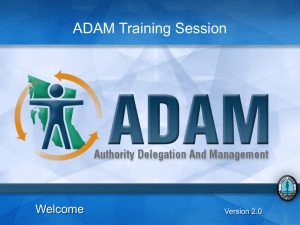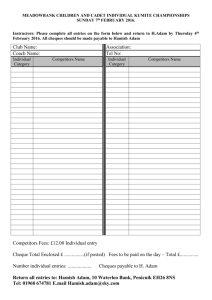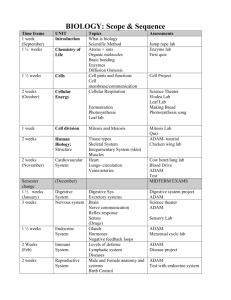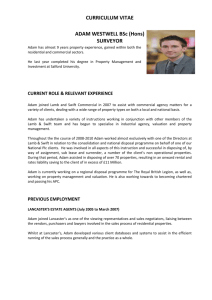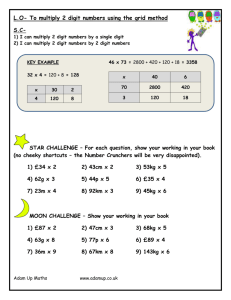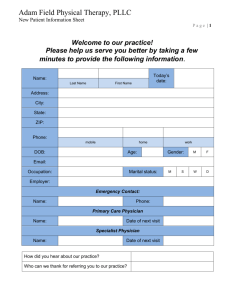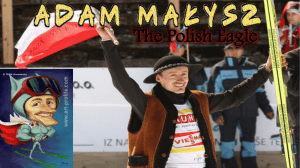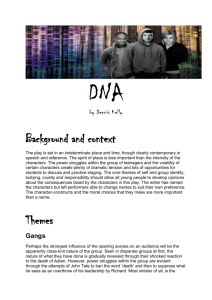The Archetype of the American Adam
advertisement
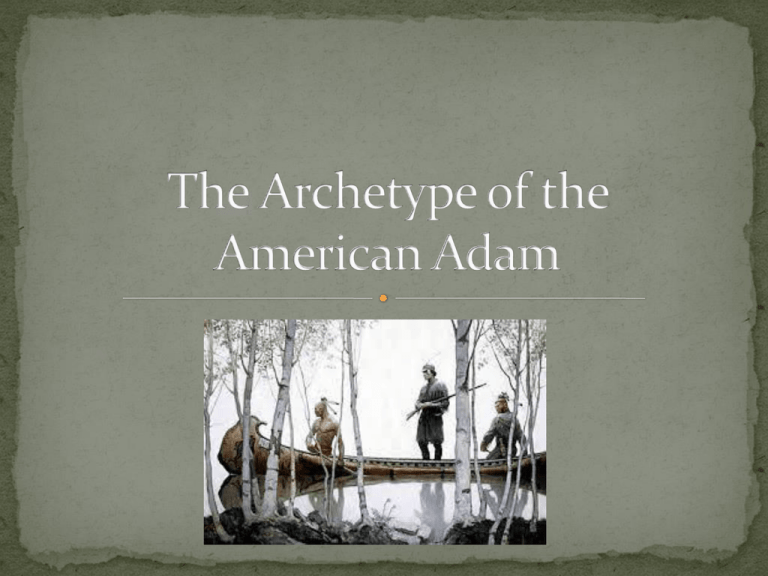
A recurring pattern, character, theme, symbol, story The pattern is repeated yet altered to depict each group who portrays it The archetype connects with a common human experience or emotion Unusual circumstances of birth; sometimes in danger or born into royalty Leaves family or land and lives with others An event, sometimes traumatic, leads to adventure or quest Hero has a special weapon only he can wield Hero always has supernatural help The Hero must prove himself many times while on adventure The Journey and the Unhealable Wound Hero experiences atonement with the father When the hero dies, he is rewarded spiritually RWB Lewis and The American Adam 1955 published the book, The American identifying the “true American” in literature as an Adam figure. the plain old Adam, “the simple genuine self against the whole world.” (took this from Emerson) Identity of an initiatory protagonist who was “morally prior” (128-9) to the world in which he lived. nineteenth century American Literature: Hawthorne, Melville, Thoreau, Emerson, Whitman, Cooper, and Henry James. Adam: Innocence, Tragedy, and Tradition in the Nineteenth Century, To Europeans, the New World was a fresh start American was “unsullied” by history Society could be remade Individuals could start fresh Anything was possible This idea is what begins the idea of “The American Dream” He is a social outsider No family ties Innocent Seeks his own “sense of self” or identity Moves west into the frontier Close ties to nature Naïve nature leads him to trouble and/or a fall He will make many mistakes but this is what creates his “self” The American Adam is closely tied to nature, he may live in the rough natural landscape or just have an affinity for nature He moves through the dangerous wilds, towards an understanding of self The geographies of the United States often present the Adam with trials and lessons that cause him to fail yet also propel him forward By the end of the story, he will shun society and head for a new frontier He is searching for a sense of self This can take the form of finding family or surrogate family It can be a physically challenging journey where the Adam learns his limits It can be a search for a place to belong The Adam thirsts for a place to belong Huck has raised himself in the woods He is orphaned and without familial bonds He feels most comfortable in the wild Though rudimentarily educated, he is naïve about people and the harsh realities of the world He grows to know himself and his limits as he ventures down the river He seeks a family and eventually finds that bond In the end, he cannot be tamed and he “lights out for the territory”

